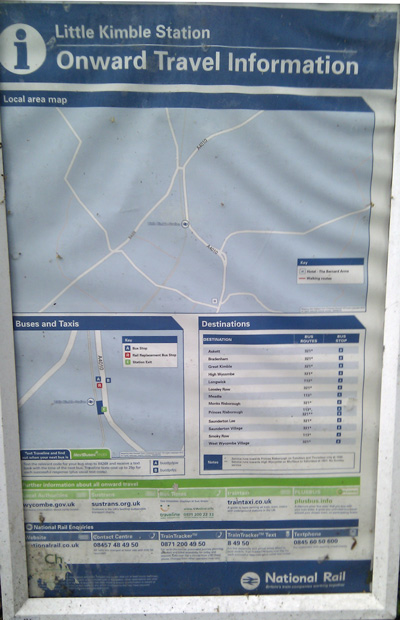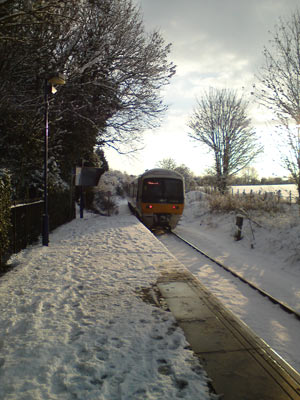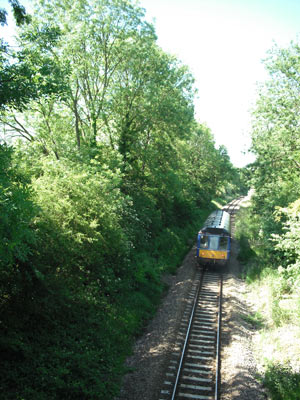It was my birthday a few weeks ago and my old school friend, David Wilkinson, sent me a most unusual and interesting present. It was a link to the YouTube video below.
It’s part of a series of videos uploaded by Geoff Marshall (who seems to the main presenter) in which he visits the least used railway station in an increasing number of counties.
And in this instalment, the seventh, he visits Buckinghamshire’s least used station, which happens to be the one that I use most frequently — Little Kimble.
He travels to Little Kimble from Marylebone, changing at Princes Risborough on to the famous (to train spotters, anyway) bubble car train that runs on the single track branch line to Little Kimble — and that I regularly use.
It’s worth watching the video to get a realistic impression this tiny train and the one platform station with zero facilities (it’s not even got a ticket machine) that I currently use virtually every day.
Geoff and his local guide from Aylesbury have a few interesting anecdotes about the station too, although they seem stumped for anything to do once they arrive there. An even more local guide, like me, would be able to point out that there’s a pub within about 15 minutes walk, although at the time of day they visited, they’d have to wait about three hours before it opened. There’s no shops or anywhere to get coffees, etc.
In the summer, the pub would be less than ten minutes walk away over a field, several stiles and a few footpaths. It’s similar with my shortest route to and from the station, which is now (and for the next two or three months) ankle-deep in mud in places.
That it’s so easy to reach this tiny country station in under an hour from Marylebone station (there are erratically timed direct trains using slightly more modern rolling stock too) shows the contrast between rural and urban that is a significant driver of conflict in the novel.




